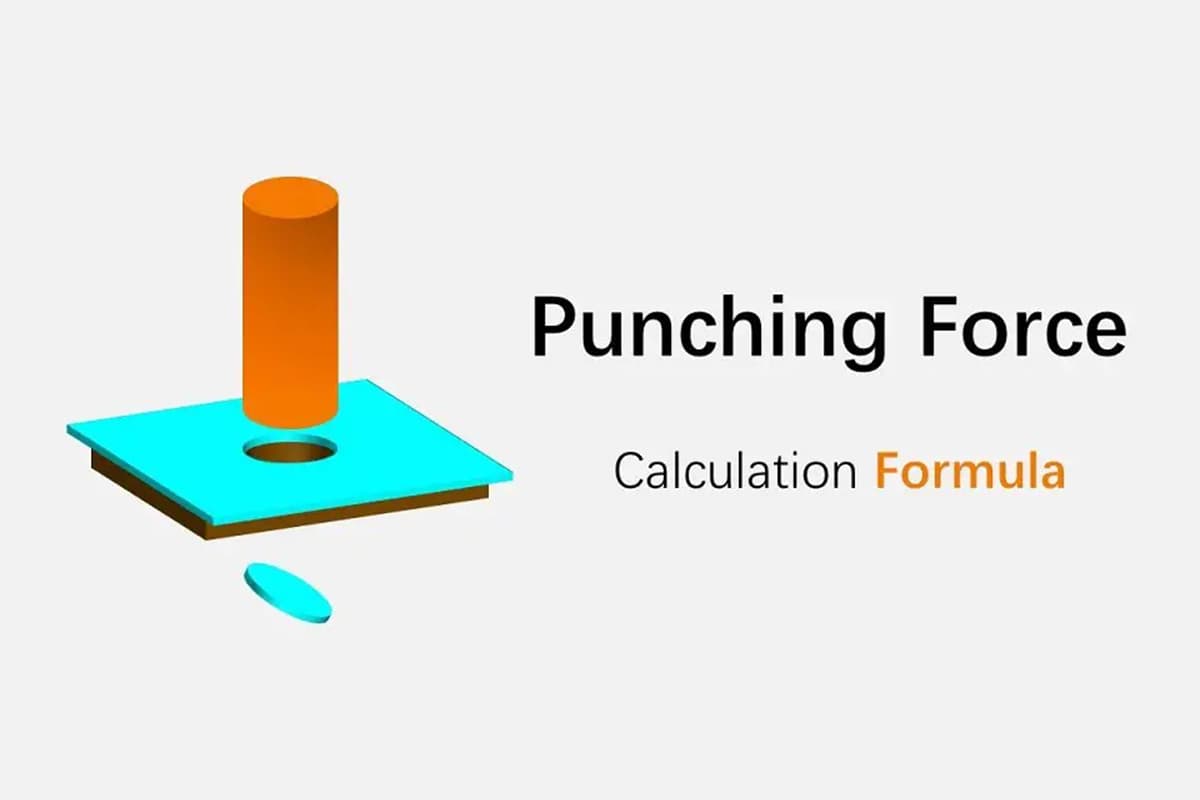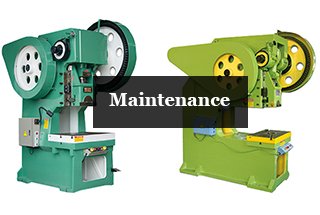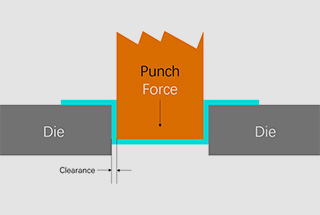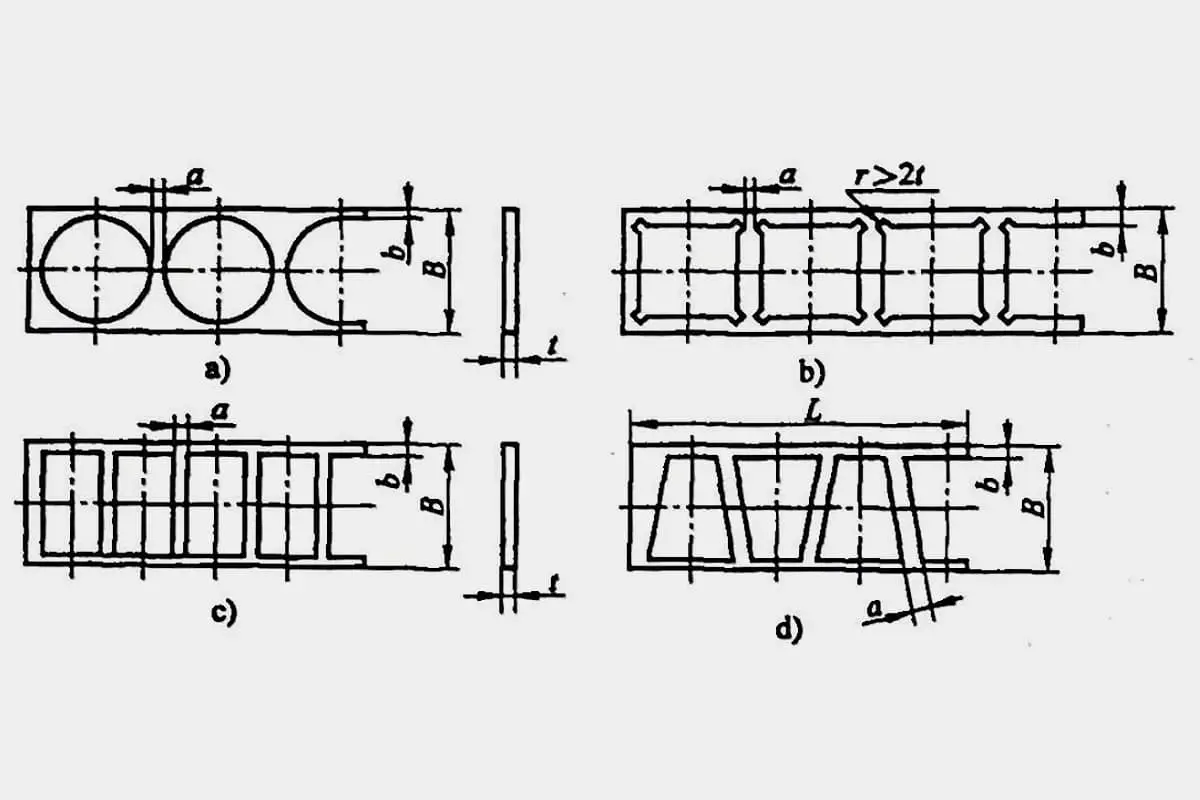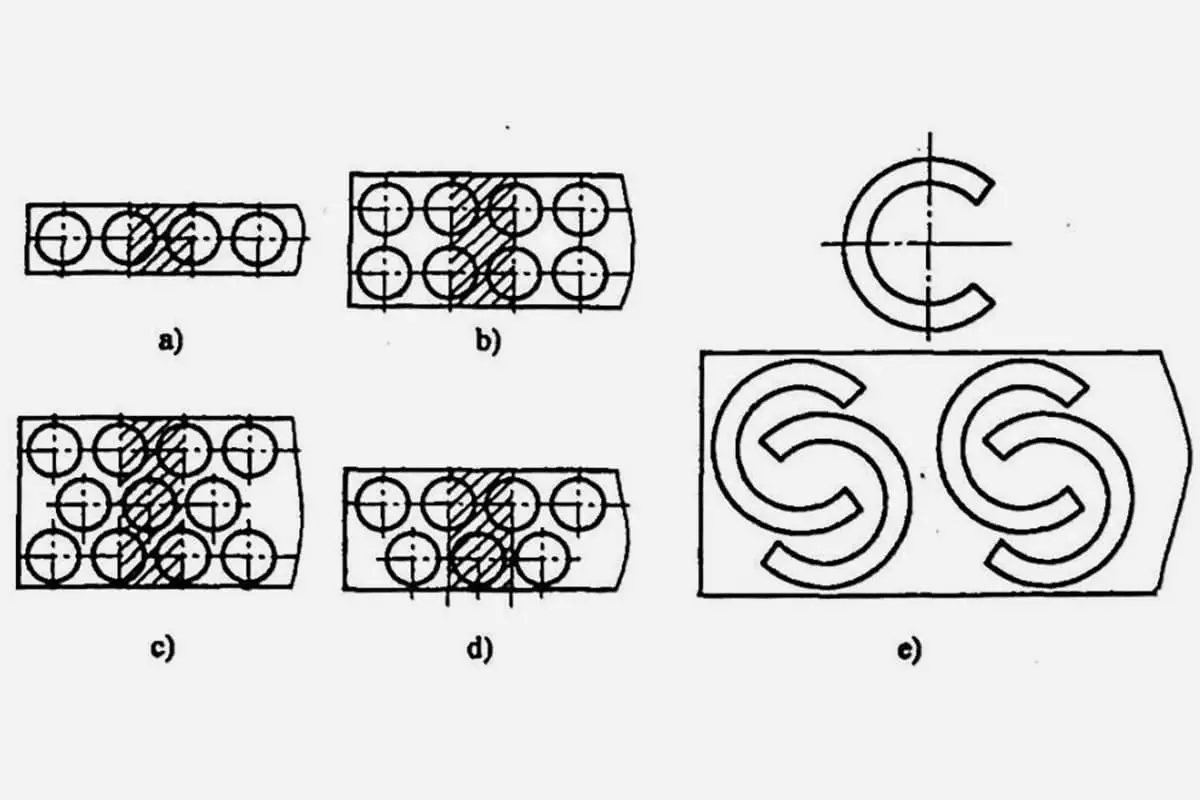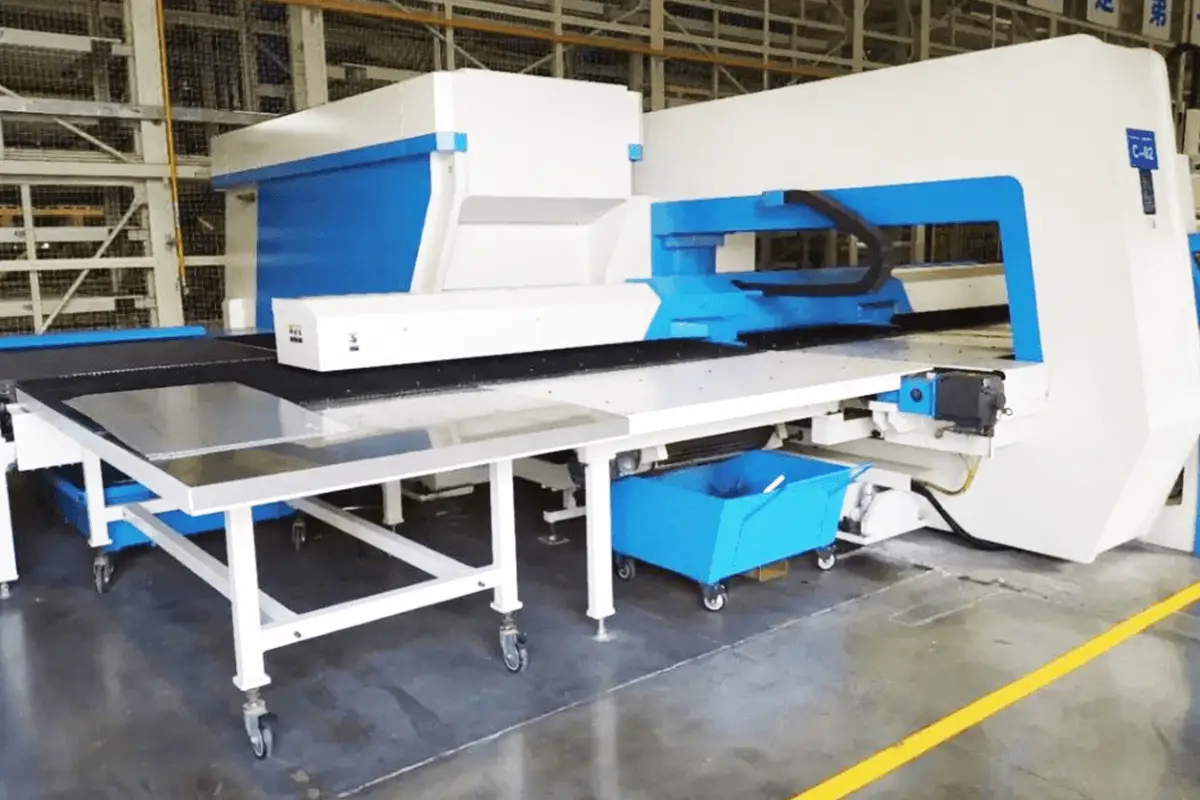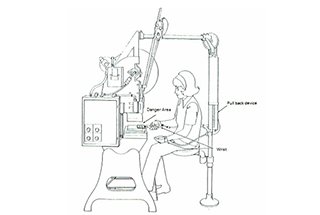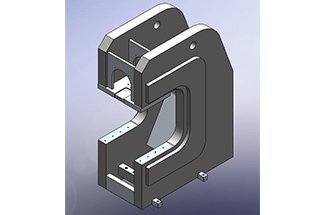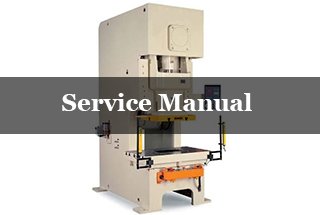
Ever been deafened by the noise of a punch press? This article dives into practical solutions for reducing that relentless clatter. From installing sound insulation covers and vibration damping devices to selecting the right sound-absorbing materials, it offers a comprehensive guide to creating a quieter, more efficient workspace. By implementing these strategies, you’ll not only protect your hearing but also improve overall productivity and safety. Explore these noise-reducing techniques to transform your punch press operations.
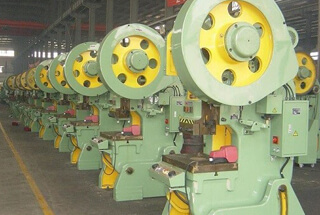
The evolution of traditional punching to CNC punching has greatly enhanced the stamping production of many factories. The implementation of CNC punching technology has significantly improved the quality, accuracy, and efficiency of stamping parts, resulting in increased savings in both human and material resources.
As a result, CNC punching has gradually replaced traditional punching methods. To control the noise generated by punching, enterprises typically install sound insulation covers for the punches. For organizations with higher requirements, a combination of vibration damping devices, sound insulation covers, and other comprehensive measures may be implemented.
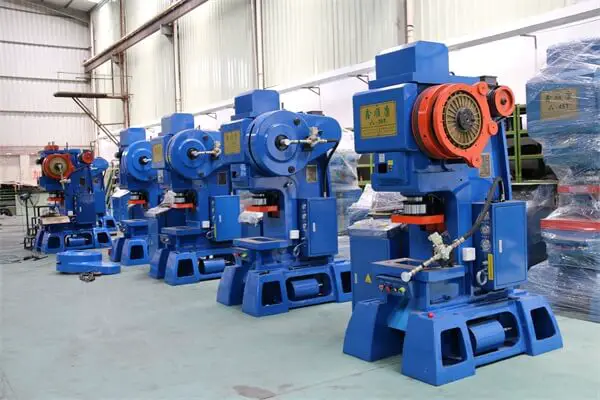
To minimize noise in punching, the following steps should be taken, starting from the source of the noise and the structure of the die:
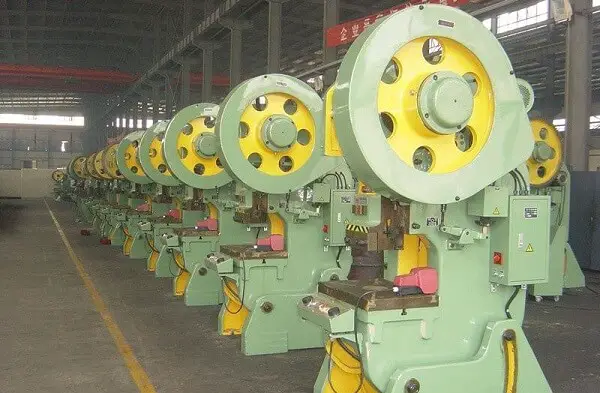
Reverberation time refers to the period it takes for sound to reach a state of stability after the sound source has stopped producing sound. When the sound source ceases, the residual sound is reflected back and forth within the room, absorbed by the walls, and the average sound energy density decreases to one millionth of its initial value.
A longer reverberation time indicates that the sound is reflected multiple times within the workspace, resulting in a slower rate of energy attenuation. Under the same sound source conditions, a workspace with a long reverberation time will have higher noise levels compared to a workspace with a short reverberation time.
The sound insulation board is made up of five components.
The noise penetrates the sound-absorbing cotton through the small holes in the perforated board. A portion of the energy is transformed into heat energy through the vibration of the glass wool fibers and is then dissipated.
The other part is isolated by the outer steel plate, achieving both absorption and separation.
Both sides of the sound-absorbing cotton are covered with a sound-permeable film to prevent moisture and secure the sound-absorbing cotton to the mesh of the inner perforated plate.
To achieve effective noise reduction in the production line, a number of small sound-absorbing plates are pieced together to form a sealed body. To ensure that the noise reduction effect is not compromised, the gap between each sound-absorbing plate must be precisely controlled during the design and manufacturing stages, typically ranging from 1 to 2mm.
To prevent noise from escaping through these gaps, a sealant is typically used for gap sealing. This helps to maintain the effectiveness of the noise reduction efforts.
The heat generated by the operation of the equipment and the thermal insulation properties of the sound-absorbing material, glass wool, often result in an internal temperature in the production line that is 3 to 5 degrees Celsius higher than the external temperature.
To address this, an exhaust fan is typically installed on top of the sound insulation wall during the implementation of noise reduction measures. The hot air inside the enclosed space is then extracted, creating a negative pressure, and allowing external air to flow in through the sound insulation wall.
When selecting the exhaust fan, it is important to choose a low-noise model to avoid interfering with the noise reduction efforts.
After the implementation of the enclosed project, the interior of the equipment is isolated from the external workshop lighting. As a result, a lighting system must be installed within the enclosure.
To ensure that the necessary lighting is available for production and equipment maintenance, the design illumination is set at a minimum of 500 lumens. The lighting system within the enclosure should be wired separately and have its own switch, allowing for convenient use without impacting the original power supply system.
In addition, an emergency lighting system is installed in the enclosure to ensure safety in the event of a power failure in the workshop.
The outer steel plate, with a thickness of 2mm, serves as a sound insulation and support layer, and is the outer surface of the sound-absorbing plate. The middle part of the sound-absorbing board is made of sound-absorbing material, such as glass wool products, and is the main component responsible for reducing noise. A fiberboard is placed on the outside of the sound-absorbing cotton to secure it in place.
These are the measures that can be taken to reduce the noise generated by the press. It is hoped that this information will be useful.

